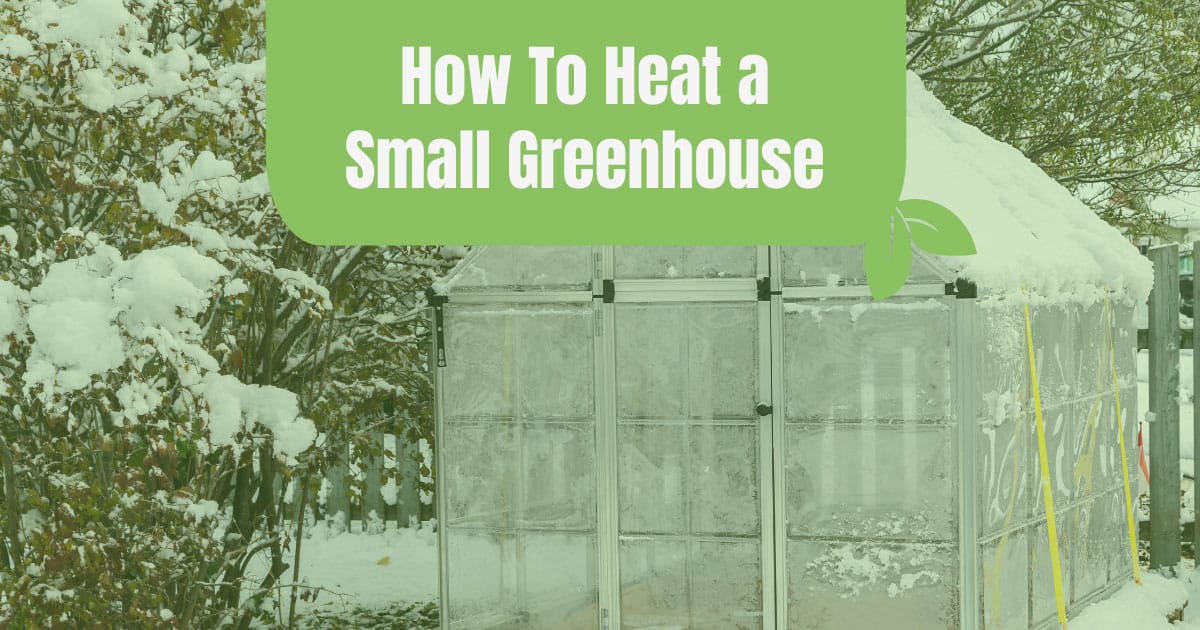




At Greenhouse Emporium, we’ve been in the gardening game for years, and we’ve gathered a wealth of knowledge on how to heat a small greenhouse effectively. From the chilly winds of winter to the unexpected cold snaps in spring, maintaining the right temperature is paramount.
From our experience, while greenhouse heating might seem daunting at first, with the right tools and a sprinkle of expert advice, you can transform your greenhouse into a warm haven for your plants. So, whether you’re a seasoned gardener or just starting, let’s embark on this journey together and explore the best ways to keep your green gems cozy and thriving.
Ideas to Heat a Small Greenhouse
Electric forced-air heater
Electric forced-air heaters are a marvel in the world of small greenhouse heating. Their design is rooted in simplicity, ensuring that even those new to gardening can operate them with ease. Safety is paramount, and these heaters shine in that department, especially if your greenhouse is already equipped with a reliable power supply.
Efficiency is another hallmark of these heaters. They don’t just warm up your space; they do it rapidly, ensuring that your plants are never left in the cold for too long.
When deciding on a heater for your greenhouse, it’s always best to check a heater sizing calculator first.
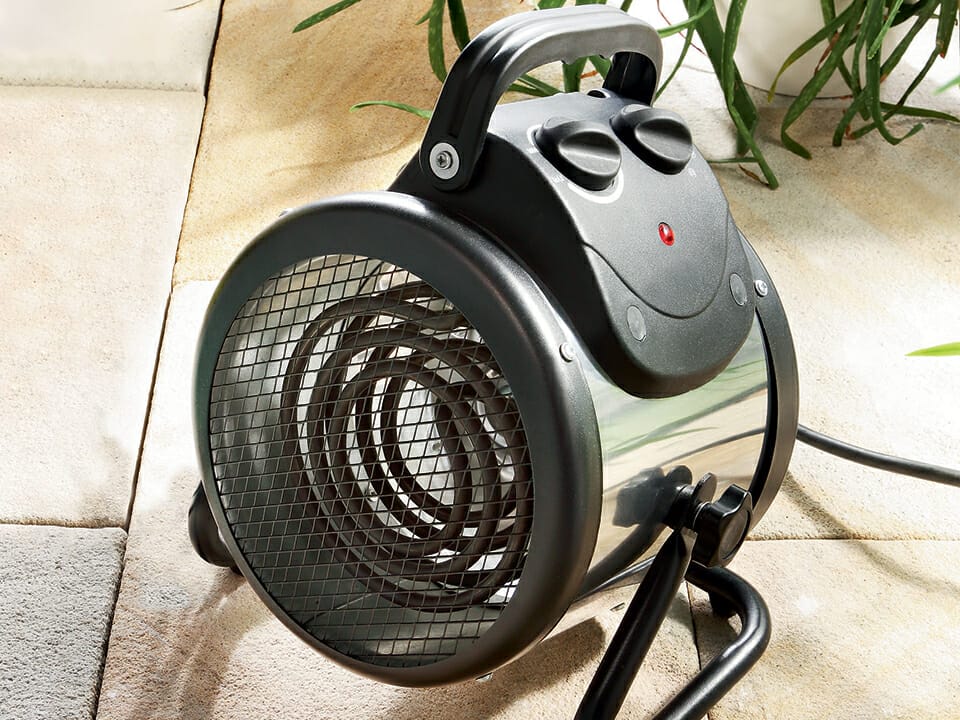
Solar-powered heaters
Harnessing the power of the sun, solar-powered heaters are at the forefront of sustainable greenhouse heating solutions. They operate on a simple yet ingenious principle: converting sunlight into electricity, which then powers the heater. But, as with all things, the devil is in the details.
To break down how to heat a greenhouse with solar panels, if you’re eyeing a 1,500-watt heater, you’d typically require about 15 solar panels, each with a capacity of 100 watts. Now, while this might seem straightforward, there’s a catch.
These panels, when installed, can potentially block the very sunlight your plants crave. Therefore, strategic placement becomes crucial. You’d want to ensure that while the panels capture sunlight efficiently, they don’t cast shadows that could hinder plant growth.
Batteries also play a pivotal role in a full solar panel setup to heat a small greenhouse. They store the electricity generated by the solar panels, ensuring that the heater has a consistent power supply, even when the sun isn’t shining. This seamless integration of panels, batteries, and the heater ensures that your greenhouse remains warm and cozy.
While the initial cost of setting up a solar-powered heating system might raise some eyebrows, it’s essential to view it through the lens of long-term benefits. Solar panels are incredibly durable, often lasting between 20 to 25 years.
That’s two decades of sustainable, eco-friendly heating! And while the upfront costs might be on the higher side, the long-term savings, both monetary and environmental, make solar-powered heaters a worthy addition to any greenhouse.
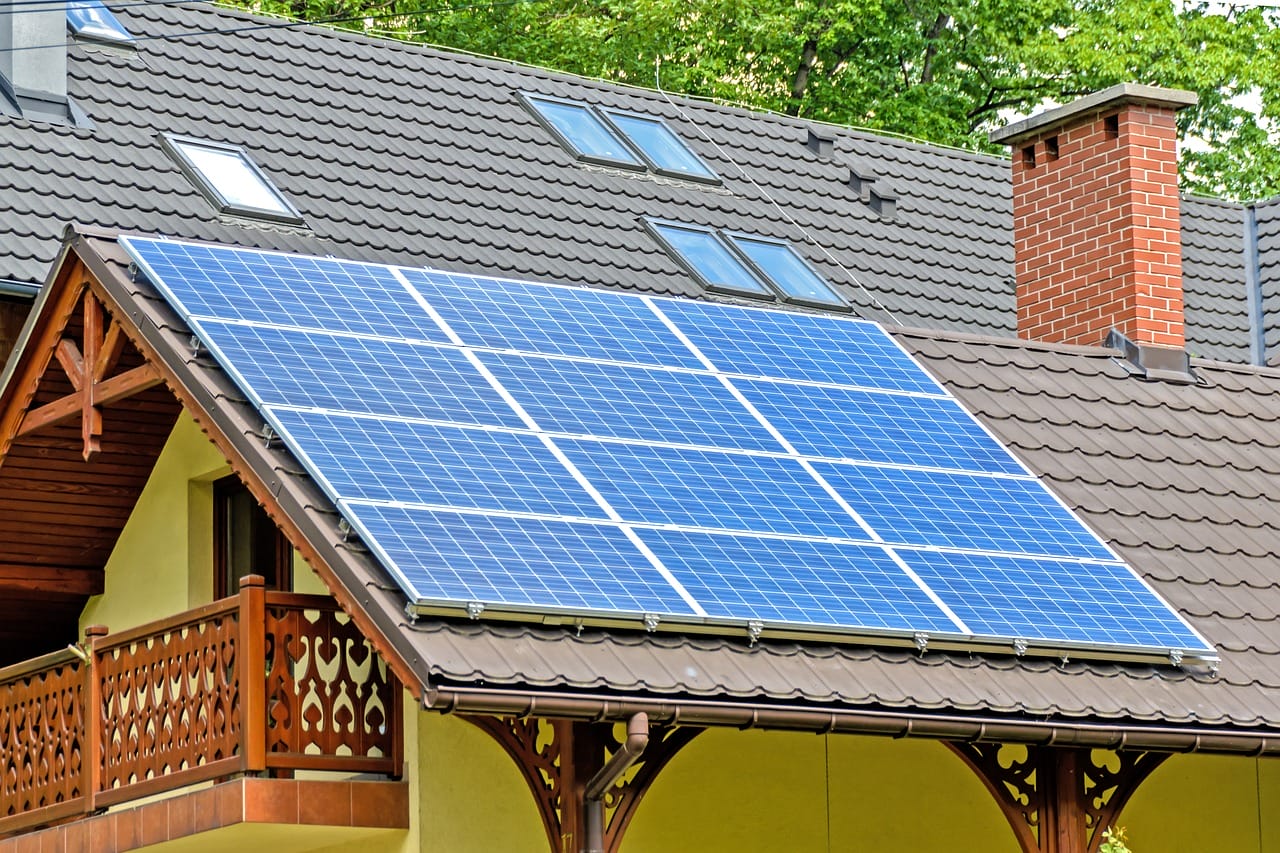
Passive solar heating
Passive solar heating is a beautiful blend of simplicity and efficiency. At its core, it’s all about leveraging the natural energy of the sun without the need for complex machinery or systems.
The fundamental principle behind passive solar heating is capturing the sun’s warmth during the day and slowly releasing it at night, ensuring a consistent temperature in your greenhouse. This method is, in many ways, the essence of what a greenhouse is designed to do. But how exactly does it work to heat a small greenhouse?
A key strategy to enhance the natural heating process of a greenhouse is sinking the greenhouse floor below the frost line. By doing so, you tap into the earth’s natural, stable temperature, which acts as a buffer against the colder air above ground. This ensures that even during the coldest nights, the temperature inside the greenhouse doesn’t plummet drastically.
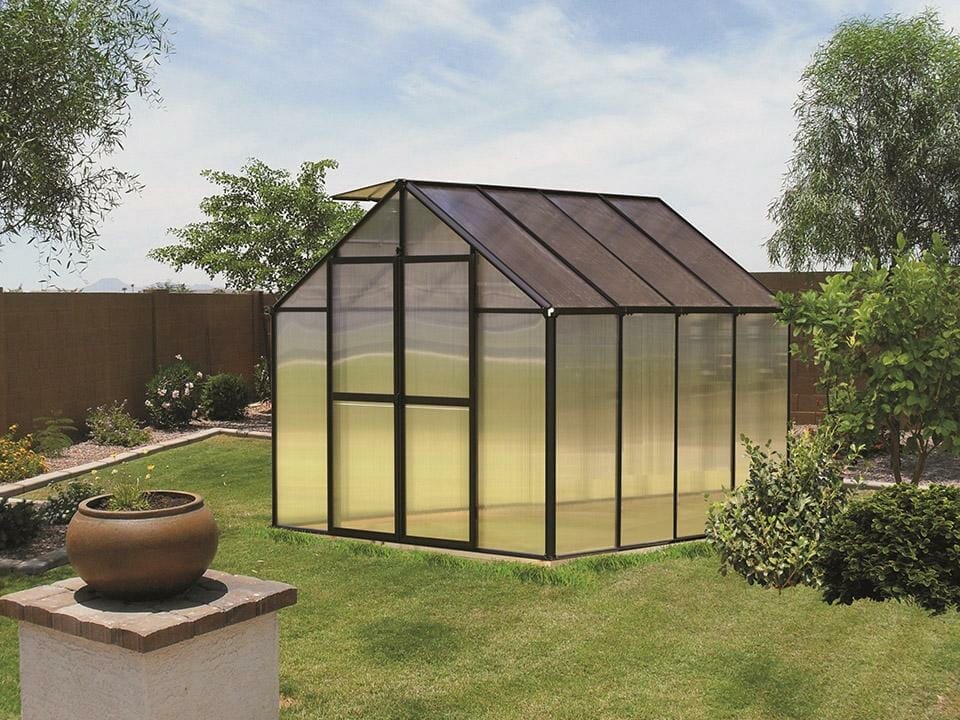
Next up is the concept of ‘thermal mass.’ This involves integrating materials that can absorb, store, and slowly release heat. Common examples include water containers, bricks, or stones. Placed strategically within the greenhouse, these materials soak up heat during the day and radiate it back during the cooler nights, maintaining a steady temperature.
Lastly, reflective paint can be a game-changer. By painting certain areas or structures within or outside the greenhouse with this paint, you can direct more sunlight into the space, further amplifying the heating effect.
Geothermal heating
At its core, geothermal heating revolves around the Earth’s consistent underground temperature and is a great way of heating a greenhouse without electricity. While the surface may experience wild temperature fluctuations, a few feet below, the ground remains relatively stable in temperature throughout the year. This natural phenomenon is the cornerstone of geothermal heating.
The setup involves a network of pipes, often called a ‘ground loop,’ buried deep within the soil, typically six to twelve feet below the surface. The tubes buried below the frost line draw upon the earth’s stable underground temperature to warm the air before it enters the greenhouse.
This method isn’t just cost-effective but also sustainable, tapping into the renewable thermal energy of the ground. For those looking to step up their methods to heat a small greenhouse, geothermal heating can be a game-changer, providing consistent warmth with minimal environmental impact.
The pipes can also be filled with a heat-transfer fluid, such as water mixed with antifreeze. As this fluid circulates through the loop, it absorbs the Earth’s stable warmth and carries it up to the greenhouse.
Once the warm fluid reaches the greenhouse, a heat exchanger transfers the heat from the fluid to the air inside the greenhouse. The now-cooled fluid then returns to the ground loop, where it absorbs more heat, and the cycle continues.
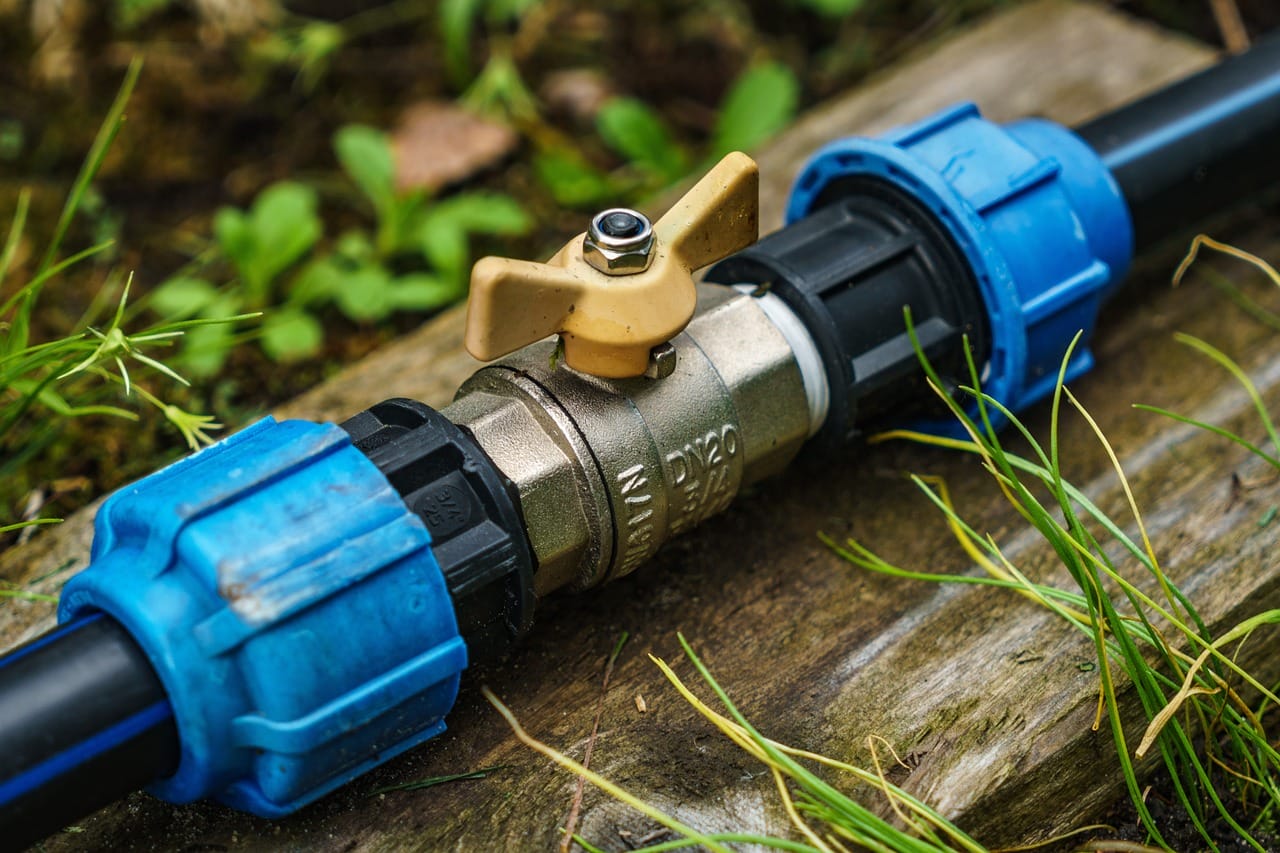
Setting up a geothermal heating system requires some initial groundwork. You’ll need to dig trenches for the piping, ensuring they’re at the right depth for optimal heat absorption. The length and design of the loop will depend on factors like the size of your greenhouse and the specific climate of your region.
While the upfront installation might seem intensive, the long-term benefits are immense. Not only does the system have low operational costs, but it also requires minimal maintenance.
In colder climates, where the surface temperature can drop significantly, geothermal heating shines brightly. It offers a consistent and reliable heat source, ensuring your plants remain protected from the biting cold.
Infrared heaters
At the heart of an infrared heater is its ability to emit infrared radiation. This radiation is a type of electromagnetic wave, similar to the natural rays of the sun. When these waves come into contact with an object, they cause the molecules of that object to vibrate.
This vibration generates heat, warming the object directly. It’s a bit like how our skin warms up when exposed to sunlight, even if the air around us is cold.
One of the standout features of infrared heaters is their ability to provide almost instantaneous warmth. The moment you switch them on, they begin radiating energy, quickly bringing comfort to your plants. There’s no waiting period, making them especially valuable during sudden temperature drops. The perfect example of this is our Dr Infrared Industrial Heater.
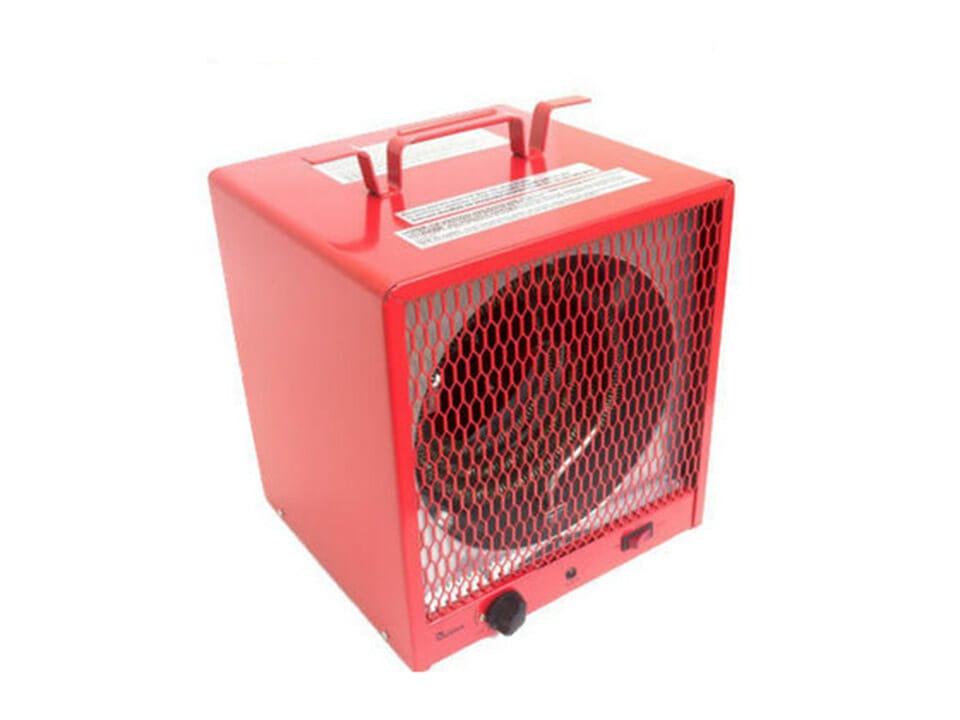
Another advantage is their even heat distribution. Since they target objects directly, there are no cold spots or unevenly heated areas. This is particularly important when used to heat a small greenhouse. Every plant, pot, and bench in your greenhouse receives a consistent dose of warmth. This ensures that all your plants, regardless of their position, get the heat they need to thrive.
In terms of setup, infrared heaters are relatively straightforward. They can be mounted on walls or ceilings, or even used as standalone units. Their design is often sleek and unobtrusive, allowing them to blend seamlessly into the greenhouse environment.
Economically speaking, infrared heaters are a win. They’re energy-efficient, ensuring that most of the power they consume is converted directly into heat. This not only reduces energy bills but also makes them an environmentally friendly choice.
Gas heaters
Gas heaters burn gas to produce heat. One standout product in this category is the RSI Radiant Propane Gas Greenhouse Heater. This heater is a beacon of efficiency, utilizing both radiant and infrared technology to deliver heat. Designed to be versatile, it can be mounted on a wall or used free-standing with its removable legs.
The RSI Radiant Propane Gas Greenhouse Heater boasts an output of up to 18,000 BTUs, making it capable of heating up to 600 sq ft of space. It’s equipped with a built-in thermostat, ensuring precise temperature control.
Safety is also a top priority with this heater. It comes with an Oxygen Depletion Sensor (ODS) that automatically shuts the system down if not enough fresh air is detected. Additionally, a tip-sensor shutoff provides an extra layer of protection.
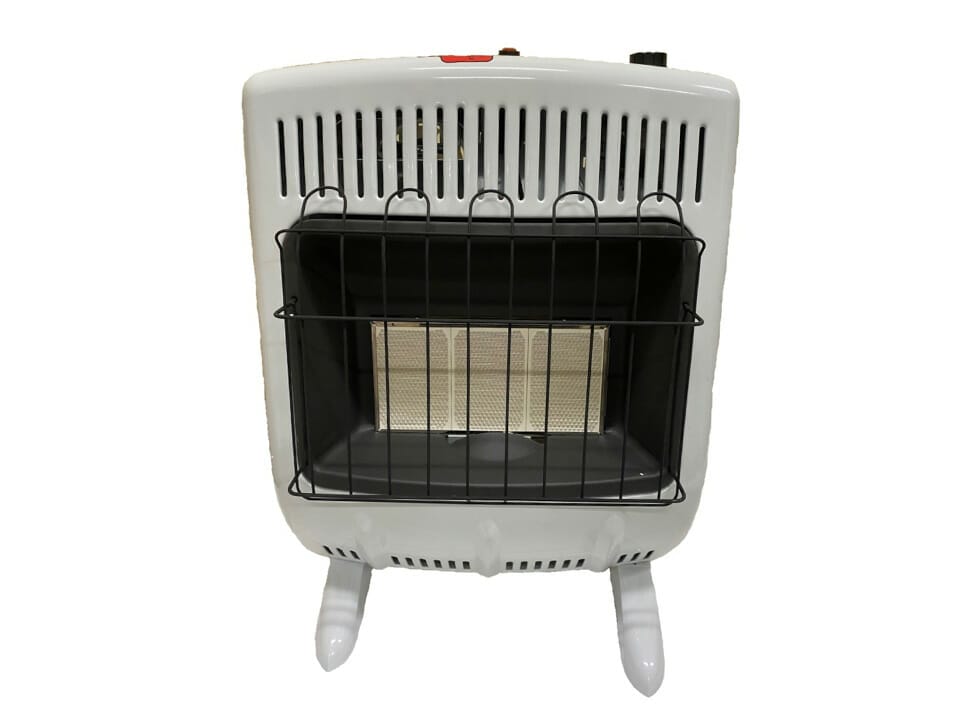
While gas heaters like the RSI Radiant Propane Gas Greenhouse Heater are cost-effective and efficient, they too require proper venting. Burning propane produces water vapor and carbon dioxide, which need to be vented out to prevent excessive humidity and potential plant issues.
Factors to Consider for Heating Your Greenhouse
Operation costs
When it comes to heating, it’s not just about the initial investment. The ongoing running costs play a significant role in determining the overall affordability of a heating method.
Some systems, like solar panels, might have a steeper upfront cost but can lead to substantial savings in the long run due to minimal operational expenses. It’s essential to weigh both the initial and recurring costs to make an informed decision.
Size of the greenhouse
Size matters, especially when heating is concerned. It’s crucial to assess the square footage of your greenhouse and understand its layout. This will help you determine not just the type of heater you need, but also its capacity and placement for optimal heat distribution.
Maximize your greenhouse’s warmth by filling it with plants; they’re natural heat generators, so a fully stocked 8×12 space maintains temperature far more efficiently than one that’s half-empty.
Heat requirements
Plants are diverse, and so are their minimum greenhouse temperature needs. While tropical plants might crave warmth, others might thrive in cooler conditions. It’s essential to know the specific temperature requirements of the plants you’re cultivating.
This ensures that you’re not just providing heat, but the right kind of heat. Tailoring the temperature to your plants’ needs can significantly boost their growth and health.
Ventilation needs
A well-heated greenhouse is excellent, but without proper ventilation, it can become a breeding ground for mold and pests. When considering a heating method, it’s vital to also think about how it might impact the greenhouse’s ventilation.
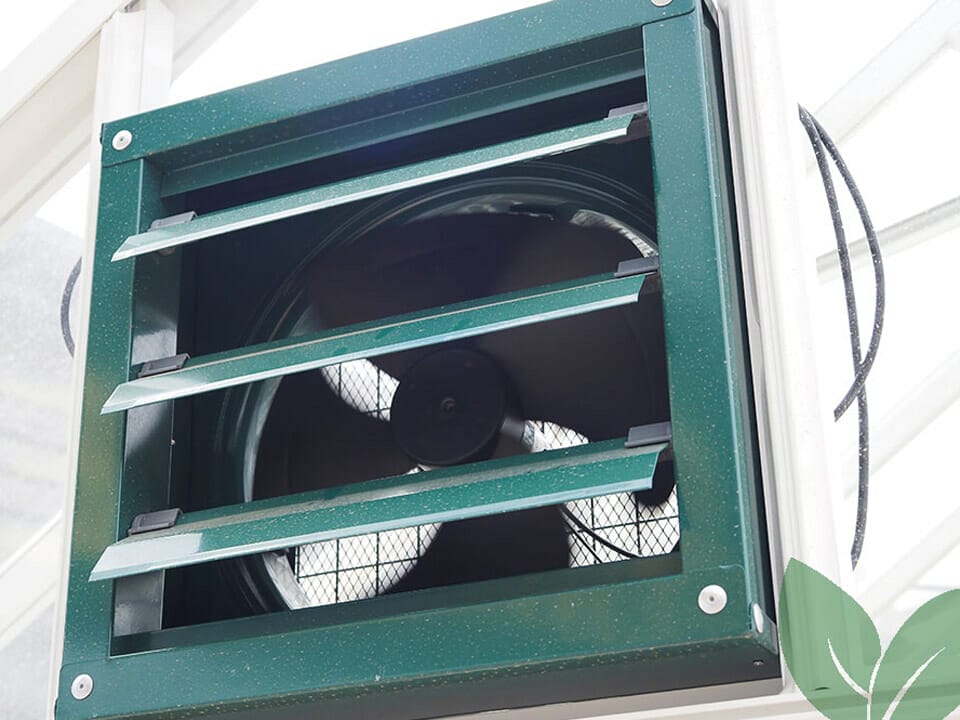
Some heaters, especially those that burn fuel, can increase humidity levels. Ensuring that your greenhouse has adequate ventilation to balance out this added moisture is crucial.
Safety features
Safety should never be an afterthought. When selecting a heating system, consider its safety features. Does it have an automatic shut-off in case of overheating? Is there a built-in sensor to detect low oxygen levels?
Especially if you’re opting for gas or kerosene heaters, features like tip-over protection and oxygen depletion sensors can be invaluable. A safe heating system not only protects your plants but also provides peace of mind.
Why Should You Heat Your Small Greenhouse?
So, why should you heat your greenhouse? Does a greenhouse need a heater?
Heating your greenhouse is essential for year-round gardening and ensuring plant health. By maintaining the right temperature, you provide a stable environment that promotes growth and protects plants from potential harm.
A heated greenhouse extends the growing season. This means you can start planting earlier in the year and can continue harvesting later into the colder months. It offers flexibility, allowing you to grow a wider variety of plants, including those that might not typically survive in your region’s natural climate.
For those cultivating tropical or exotic plants, heating is crucial. These plants are adapted to warmer climates and can be sensitive to temperature drops. Without adequate warmth, they may not grow optimally or could even die.
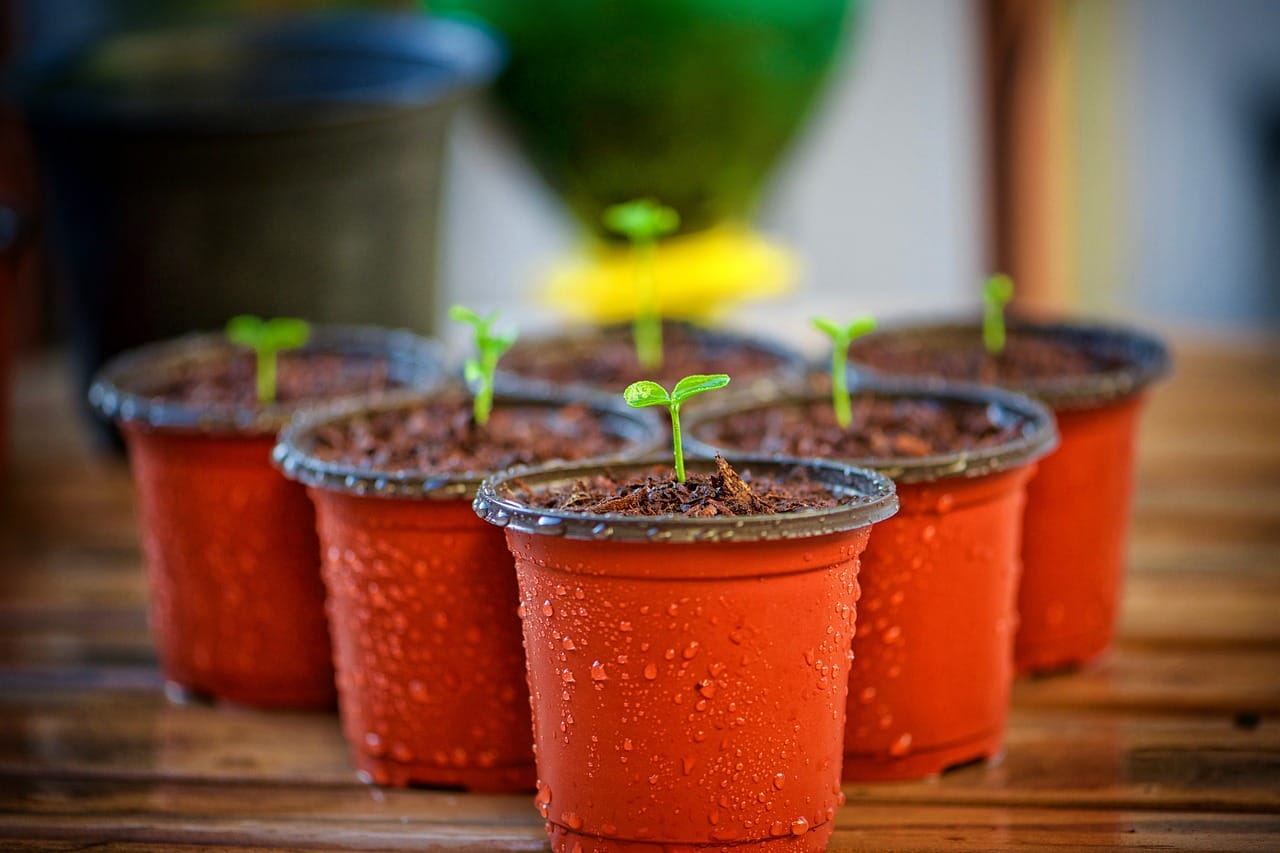
In colder regions, the threat of frost is a significant concern. Frost can damage plants, affecting their cellular structure and hindering their ability to grow and produce. By heating the greenhouse, you prevent frost from settling, ensuring that your plants remain healthy and productive.
And if you’re looking for a tried and trusted heater for your small greenhouse, then look no further than our BioGreen Palma Greenhouse Heater.

